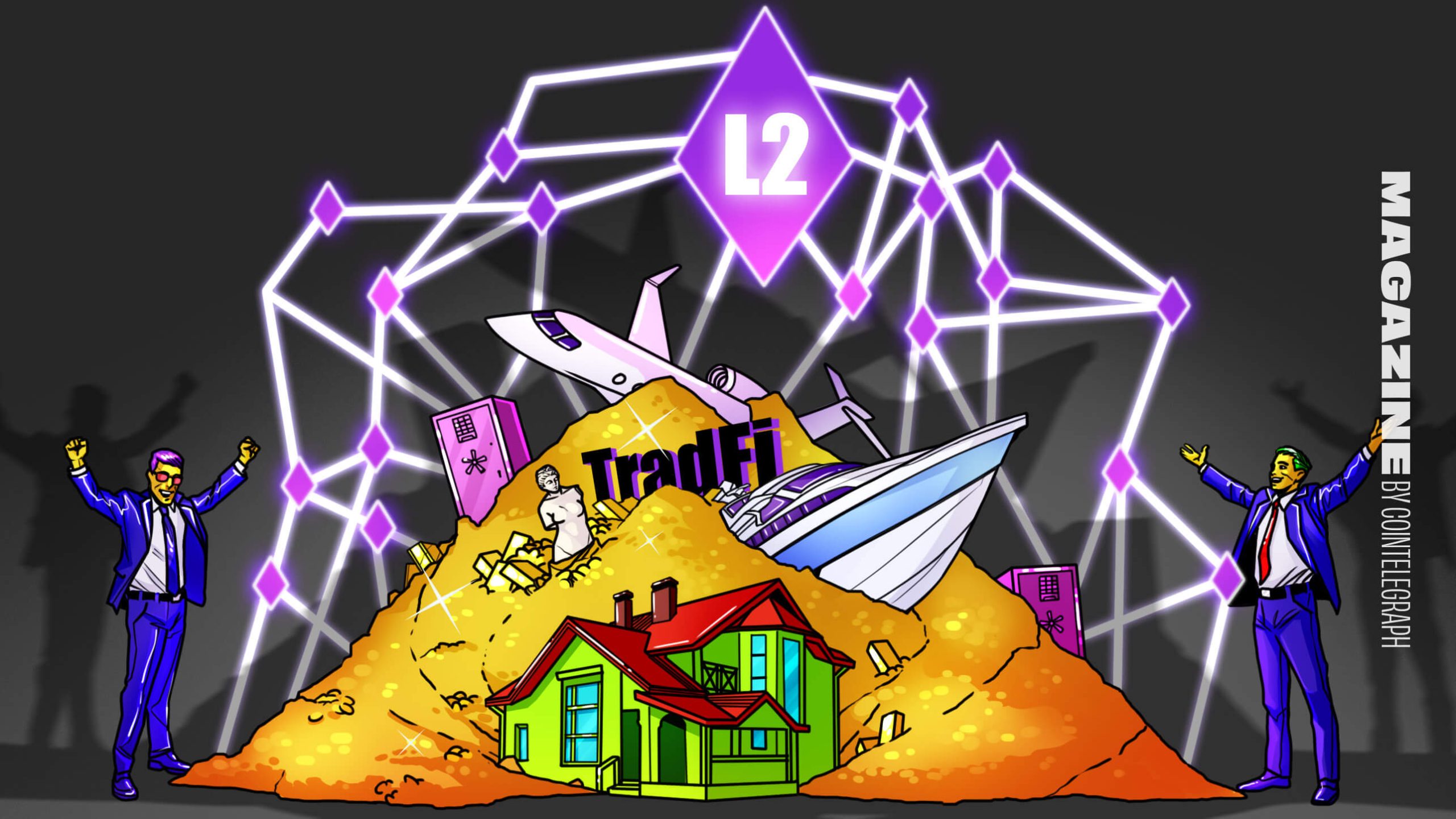Ethereum, the blockchain network renowned for its smart contract capabilities, stands on the brink of a significant shift. Co-founder Vitalik Buterin has proposed a proposal that could amplify the network’s capacity.
During a recent Reddit ask-me-anything session, Buterin discussed possibly increasing Ethereum’s block gas limit by a substantial 33%. This suggestion, aimed at elevating the limit from 30 million to 40 million gas units, marks a potential turning point for Ethereum. The Ethereum Co-founder noted:
Honestly, I think doing a modest gas limit increase even today is reasonable. The gas limit has not been increased for nearly three years, which is the longest time ever in the protocol’s history (that 2x bump in the chart in late 2021 is “fake”, in that it reflects the EIP-1559 transition, which increased the “limit” by 2x but only increased actual average usage by ~9%). And so splitting the post-2021 gains from Moore’s law 50/50 between increased capacity and increased ease of syncing/verification would imply an increase to around 40M or so.
Notably, the block gas limit in Ethereum plays a critical role in determining the network’s transaction processing capacity. It limits the total computational effort to be disbursed in processing transactions and executing smart contracts within a single block.
Potential Impacts And Industry Reactions To The Proposed Gas Limit Increase
Buterin’s endorsement of a higher gas limit has stirred discussions among industry leaders. Martin Köppelmann, co-founder of Gnosis, acknowledges that this change could pose operational challenges for nodes, potentially leading to increased costs.
now – of course this still does not mean a limit increase is without downsides. Yes – it will increase costs of running a node – but it can be done without compromising on the stability and reliability promise of Ethereum and it will make Ethereum simply more useful. It increases…
— Martin Köppelmann
(@koeppelmann) January 10, 2024
Despite these concerns, Köppelmann maintains that the advantages, including upgraded network efficiency and capacity, are significant enough to justify the adjustment. Jesse Pollak, a Coinbase’s Base blockchain contributor, echoes this sentiment, voicing support for increasing the gas limit to between 40 and 45 million units.
I’m strongly in support of increasing @ethereum gas limit to 40-45m – we have the network headroom and will be beneficial for all parties https://t.co/GQb8SbavAY
— Jesse Pollak (jesse.xyz)
(@jessepollak) January 10, 2024
This proposed increase, if implemented, would allow for more transactions per block, effectively enhancing the network’s throughput. This change is particularly crucial given Ethereum’s progressive increase in gas limits over the years, reflecting its escalating usage and adoption since its 2015 inception.
Initially set around three million, the average gas limit has gradually increased, mirroring the network’s growth trajectory.
Ethereum’s Recent Market Performance Amid Spot ETF Approvals
Despite these technical discussions, ETH’s market performance shows bullish signs. The past 24 hours have seen Ethereum’s price surge by over 10%, with its trading price exceeding $2,600.
This upward momentum aligns with the broader market response to the recent approval of Bitcoin spot ETFs in the US by the Securities and Exchange Commission (SEC). The approval has propelled ETH’s price and positively influenced Bitcoin and other altcoins.
Featured image from Unsplash, Chart from TradingView

You can get bonuses upto $100 FREE BONUS when you:
💰 Install these recommended apps:
💲 SocialGood - 100% Crypto Back on Everyday Shopping
💲 xPortal - The DeFi For The Next Billion
💲 CryptoTab Browser - Lightweight, fast, and ready to mine!
💰 Register on these recommended exchanges:
🟡 Binance🟡 Bitfinex🟡 Bitmart🟡 Bittrex🟡 Bitget
🟡 CoinEx🟡 Crypto.com🟡 Gate.io🟡 Huobi🟡 Kucoin.





















Comments